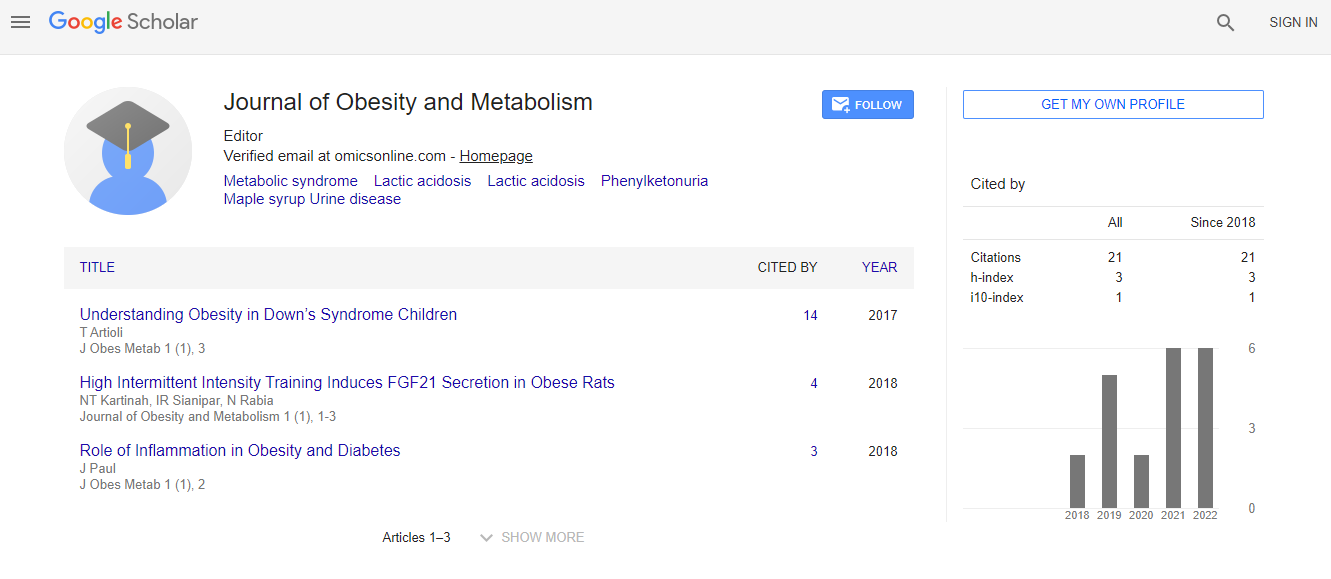Self-efficacy Effects on Health effect and Body Weight
*Corresponding Author:
Copyright: © 2020 . This is an open-access article distributed under the terms of the Creative Commons Attribution License, which permits unrestricted use, distribution, and reproduction in any medium, provided the original author and source are credited.
Abstract
Overweight and corpulence is a significant general wellbeing in the U.S. Self-viability assumes a noteworthy job in wellbeing conduct (exercise and diet) and absence of could add to corpulence. Our motivation was to assess seen self-adequacy as it identifies with eating, exercise and BMI in people with overweight and stoutness.
Techniques: 99 workers from 4 nursing-homes in Northeast U.S. taken an interest, all with a weight file (BMI)>25.0 kg/m2 . Eating and exercise self-viability (Eat-SE, Ex-SE), Healthy Eating Scores (HES), and physical action (PA) were evaluated utilizing survey reactions. Connection and intercession investigation inspected the impact of Eat-SE and Ex-SE on PA, HES and BMI. Results: Higher HES anticipated higher Eat-SE (p=0.02) and thus, a lower BMI (p=0.02). Expanded frequencies of moderate and energetic PA anticipated higher Ex-SE (p=0.01, p=0.00). Moderate PA further anticipated lower BMI (p=0.05). 44% of the absolute impact of energetic PA on BMI was interceded by Ex-SE (p=0.01). Conclusion(s): Our models consolidating selfviability and conduct factors caught varieties in BMI in overweight and large people. Future stoutness intercessions should consolidate improvement in selfadequacy for beating boundaries to weight the board

 Spanish
Spanish  Chinese
Chinese  Russian
Russian  German
German  French
French  Japanese
Japanese  Portuguese
Portuguese  Hindi
Hindi 